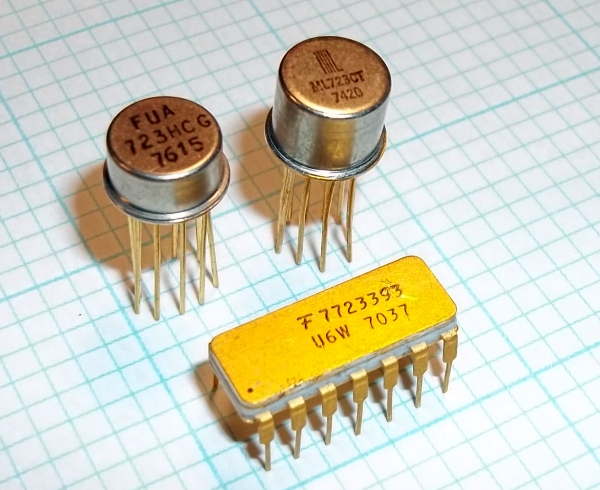user 133392
Well-known member
- Joined
- Dec 13, 2022
- Messages
- 300
I cannot measure a difference with my boards using a linear supply or the TDK CUT35-5FF switcher. https://www.mouser.com/c/?q=CUT35-5FFAs Thor mentioned ,fundamentally , by design most SMPS are unsuitable for audio as they leave the factory , something to do with the approval agencies /safety etc .
There is also a 75W CUT75.
The TDK are one of the best bipolar output switchers I've found that are commercially available.
It may not be the ultimate but I can buy it and do stock them for sale during the times Mouser, Digi-Key et al are out-of-stock.
Unfortunately they are not available in enclosed desktop brick form factor only open frame or enclosed open frame.
I can't say the same however for the Meanwell GP25/GP50 bipolar brick supplies which are noisy.
When they went with "Green Power" mandates the Meanwell brick series turned to crap.








































